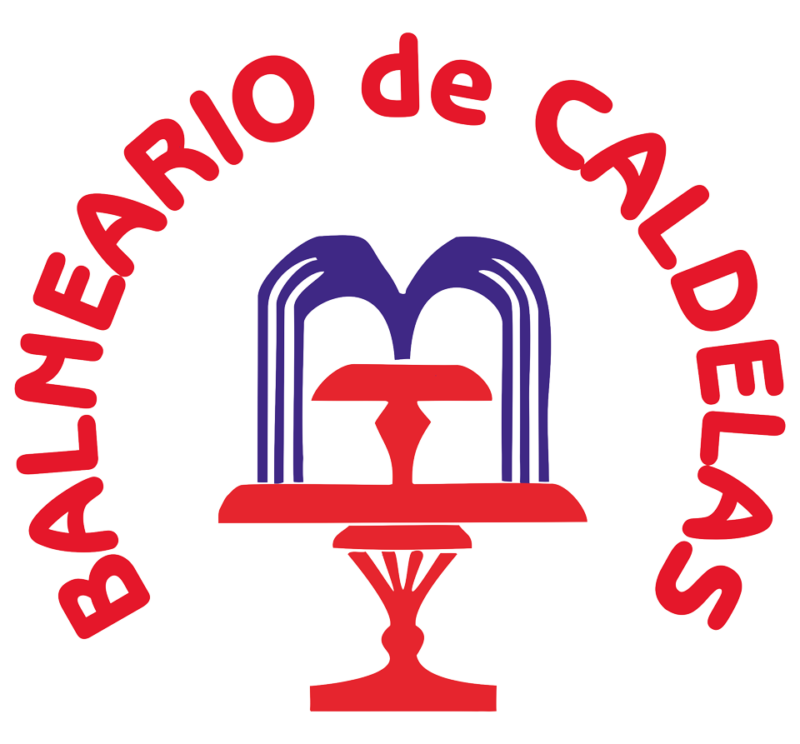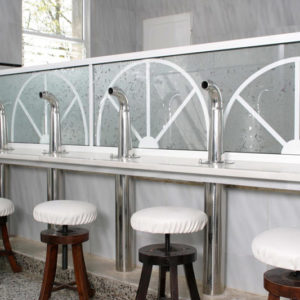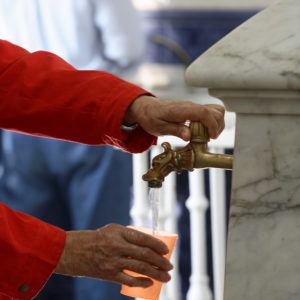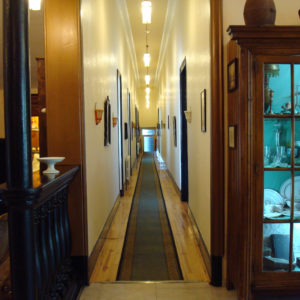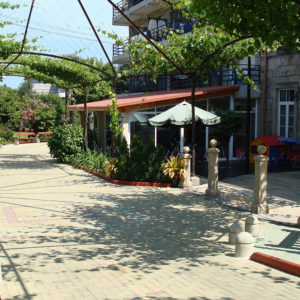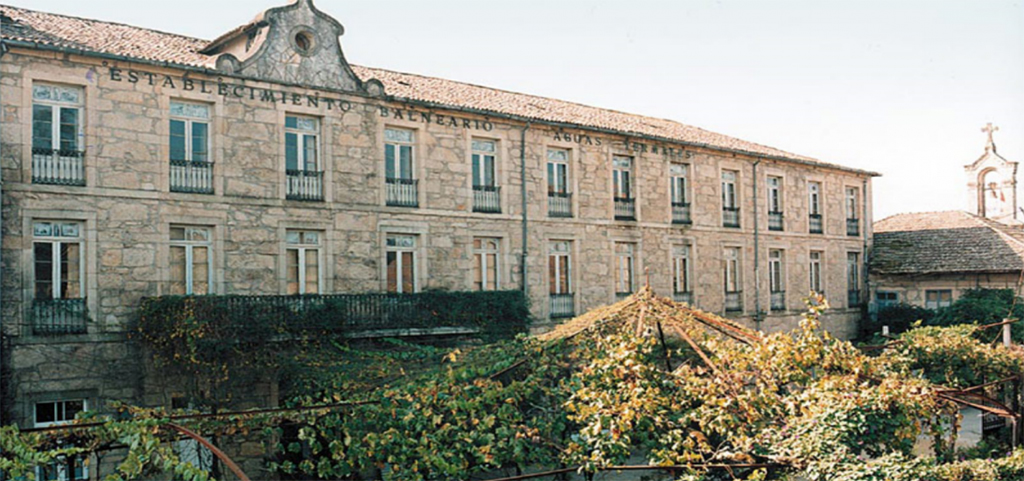
Type of waters
Offers chlorine-rich, sodium-rich, sulphite-rich, nitrogen-rich and radioactive waters, which emerge at a temperature of 47 °C, 50 °C and 56 °C.
Therapeutic indications
- respiratory therapies
- rheumatism and traumatology
- skin ailments
- varicose ulcers
- paediatric therapies
Programmes
- inhalations
- sprays
- nasal showers
- jets
- hot tub
- hydromassage
- filiform shower
- foot showers
- massages
- physiotherapy
- electrotherapy
Hotel Services
The hotel has 27 double rooms, all of them with telephone and television. It also offers:
- Wi-Fi on ground floor and outside
- elevator
- central heating
- TV room
- meeting room
- bar-cafeteria
- garden-terrace
- parking
- medical service and therapeutic massage
A wide range of complementary leisure and sports activities can be enjoyed, such as excursions, fishing, gymnasium, tennis, and children's entertainment
History
In the 17th century, the thermal waters of Tui were already mentioned in the Universal History of Mineral Waters of Spain, and were declared as a public utility in 1869. Almost twenty years later, Antonio Oliver Rubio decided to develop the resort and build the thermal spa facilities together with a hotel. Today, the complex is made up of two stone buildings: one houses the thermal centre, and the other the new hotel. In addition, a small stone house on one of the springs is used for inhalations.
Enjoy the surroundings

The town of Caldelas in Pontevedra belongs to the municipality of Tui, marked by the presence of the river Miño, by its landscapes of vineyards and by its border with Portugal. The territory also represents a key stage for pilgrims on the Portuguese Way to Compostela.
Tui offers the visitors a magnificent historical centre, presided over by the 12th century Cathedral of Santa María. It still has the appearance of a fortress, with battlements, walkways and passageways.
Moune Aloia, the first Natural Park in Galicia, covers an area of 746 hectares. It has a walled enclosure from the Galician-Roman period and a small chapel dedicated to San Xián. One of the most outstanding features is the Forest House, which has a peculiar design and is currently a Nature Interpretation Centre.
The river Miño offers excellent conditions for water sports. The best time for sailing is summer and autumn.
The municipality belongs to the Baixo Miño (Lower Miño) region, which has an extensive historical heritage. The Santa Tecla hill fort, in A Guarda, is the most emblematic of the Galician settlements and has been declared a National Historical-Artistic Monument. The mountain where it is located, Santa Tecla, is a place of exceptional beauty.
The international bridge over the river Miño connects Tui with the Portuguese town of Valença. On Wednesdays there is a traditional fair in the Portuguese town, which also offers visitors more than a hundred shops in its medieval fortress.
The region is also characterised by its culinary offer, in particular the seafood and fish from A Guarda or the eels and lampreys from the Miño, accompanied by an Albariño wine from the "Rías Baixas" Designation of Origin. As for confectionery, visitors can sample the "almond fish" made by the Poor Clare nuns of Tui, as well as the egg yolk pastry (roscón) from A Guarda.
Information
Type of accommodation:
Thermal Spa Hotel **
Health Registration Number:
C-36-000298
Opening Period:
From the last week of February to the first fortnight of December
Address:
Rúa Baños, s/n.
36721 Caldelas de Tui, Tui (Pontevedra)
Tel: 986 629 005
Fax: 986 629 049
E-mail: info@balneariodecaldelas.com

